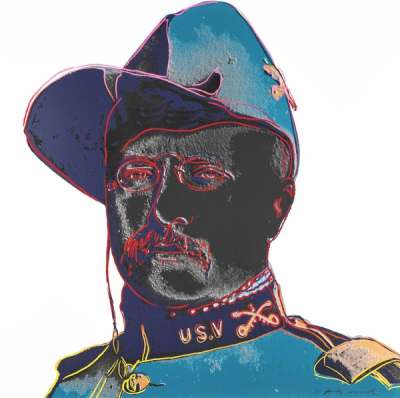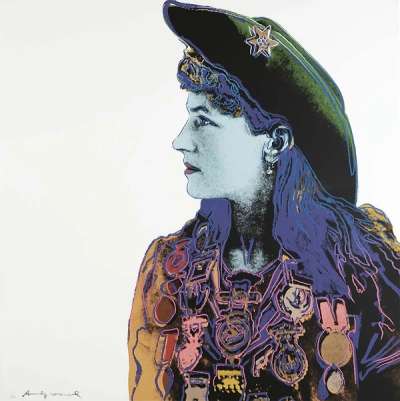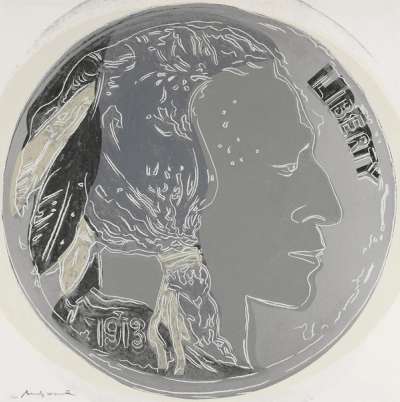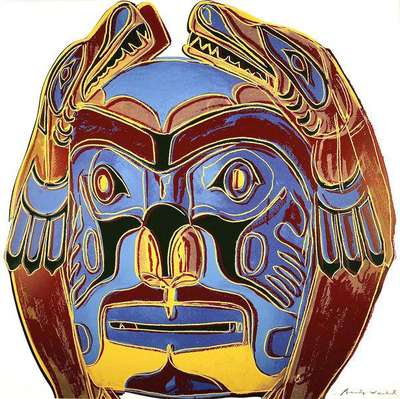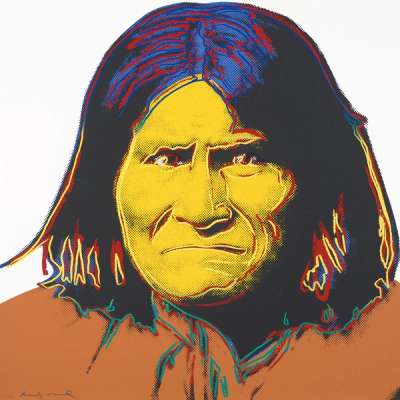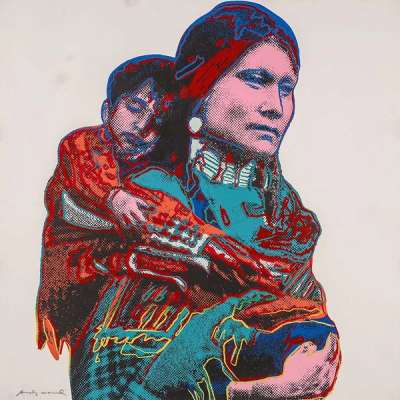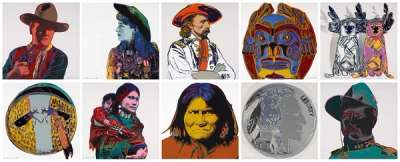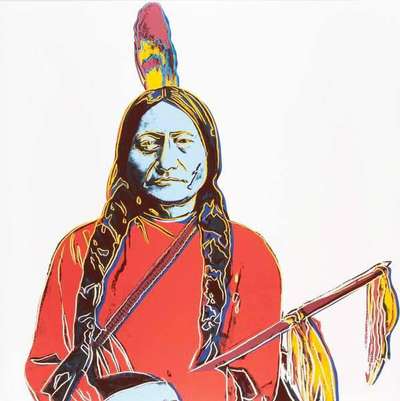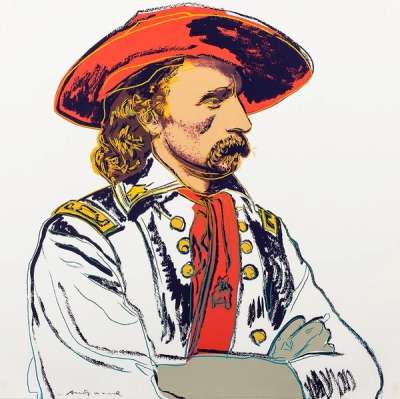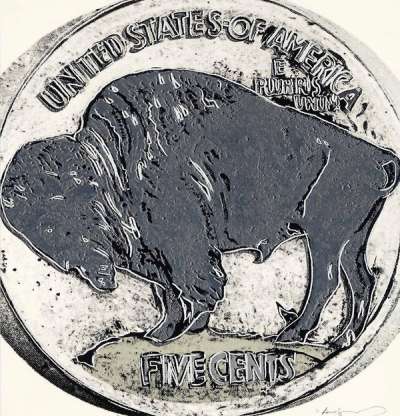
Kachina Dolls (F. & S. II.381)

Kachina Dolls (F. & S. II.381)
Signed Print
Andy Warhol
£17,000-£25,000Value Indicator
$35,000-$50,000 Value Indicator
$30,000-$45,000 Value Indicator
¥160,000-¥240,000 Value Indicator
€20,000-€30,000 Value Indicator
$170,000-$250,000 Value Indicator
¥3,260,000-¥4,790,000 Value Indicator
$22,000-$35,000 Value Indicator
AAGR (5 years) This estimate blends recent public auction records with our own private sale data and network demand.
There aren't enough data points on this work for a comprehensive result. Please speak to a specialist by making an enquiry.
Medium: Screenprint
Edition size: 250
Year: 1986
Size: H 90cm x W 90cm
Signed: Yes
Format: Signed Print
TradingFloor
Track this artwork in realtime
Watch artwork, manage valuations, track your portfolio and return against your collection
Track auction value trend
Auction Results
| Auction Date | Auction House | Location | Hammer Price | Return to Seller | Buyer Paid |
|---|---|---|---|---|---|
| October 2024 | SBI Art Auction | Japan | |||
| May 2023 | Bonhams New York | United States | |||
| October 2022 | Sotheby's New York | United States | |||
| September 2022 | Christie's London | United Kingdom | |||
| October 2019 | Sotheby's New York | United States | |||
| October 2019 | Christie's New York | United States | |||
| April 2019 | Christie's New York | United States |
Meaning & Analysis
Printed in 1986, Kachina Dolls (F. & S. II.381) is a signed screen print on Lenox Museum Board by Andy Warhol that depicts a Kachina doll, a token of Native American culture. Kachina dolls were traditionally made by Native American tribes and carved out of cottonwood root. In this print, the dolls are rendered against a white backdrop in Warhol's emblematic Pop Art style, characterised by his playful use of colour.
This print captures the way in which Warhol took archetypal figures and objects of the American West to inspire the prints in the series. Kachina dolls were used in coming of age rituals amongst Native American tribes to instruct young women about the spirits who control the natural world. The way in which Warhol has appropriated this cultural object and transformed it using his signature style into a popular culture icon reflects how visions of the American West were distorted and romanticised through popular culture.
Focussing on symbolic objects, this print differs from others in the series in which Warhol depicts famous figures of American history, such as Sitting Bulland Geronimo, or actors like John Wayne who starred in Western films. Rendered against a black backdrop, extracting the Kachina dolls from their historical context, Warhol makes a political comment on the way in which mass-produced and idealised images of national history in popular culture can simplify or erase particular histories. In Kachina Dolls (F. & S. II.381), the artist draws attention to popular interpretations of the American West to create an ironic political commentary on mass media and the way in which imagery can affect perceptions of history.

